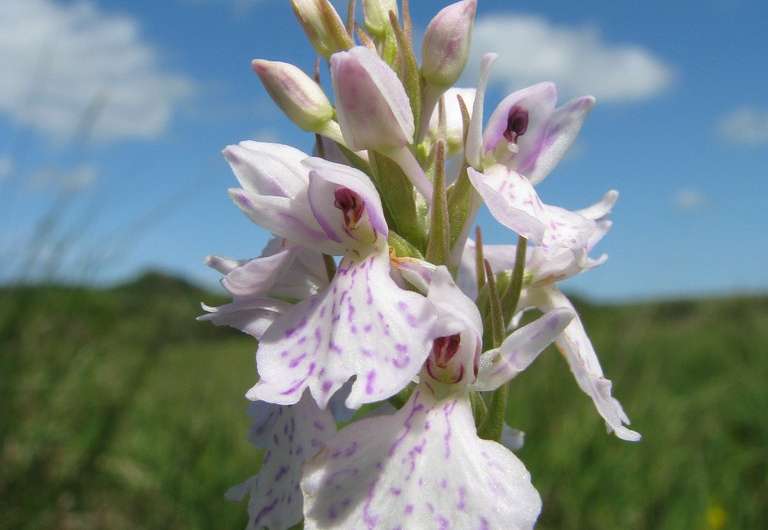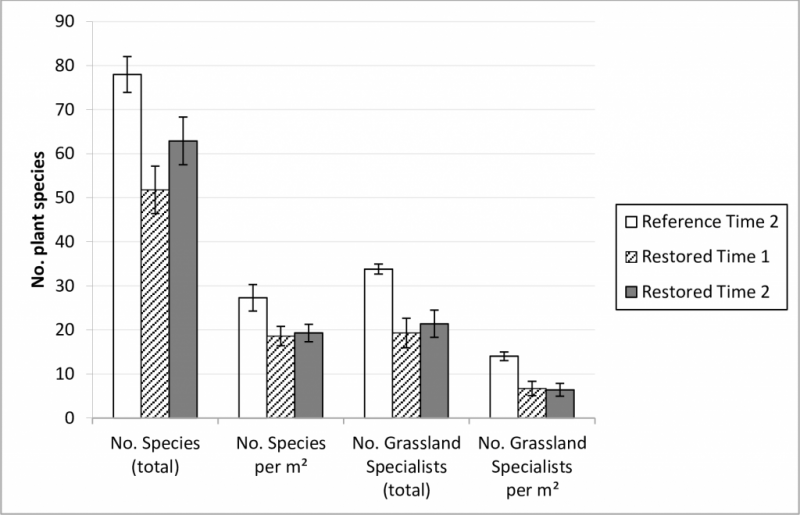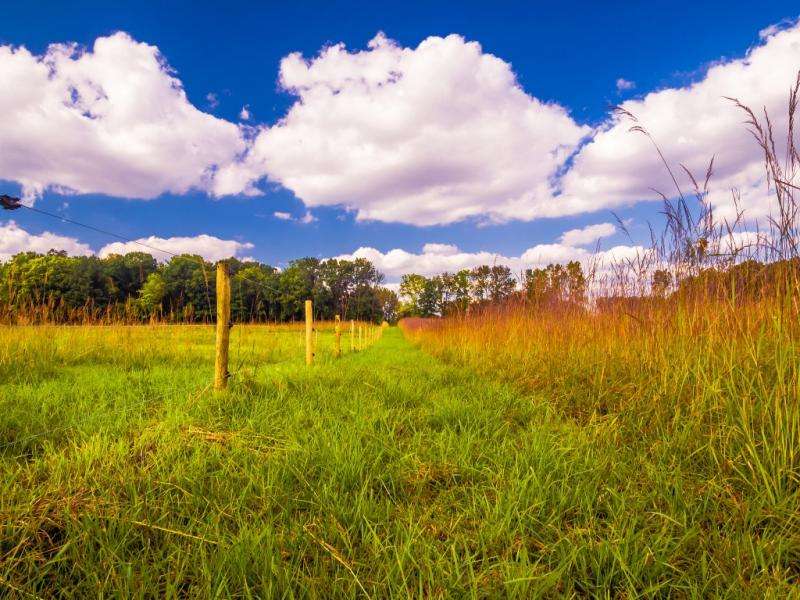Restoring what was lost—semi-natural grassland habitat restoration in Sweden

Human domination of earth's ecosystems is well documented. Past work has estimated that 20-100% of the land's surface has been affected by humans in some way. Humans build cities, burn rainforests, cultivate massive amounts of grain and livestock, mine ore, and manipulate waterways. Human influence over the natural landscape has earned this geological epoch the title of "the anthropocene." A geological epoch singularly defined by the influence of humans. This massive manipulation of the landscape likely comes with consequences for humans as well. Man-made climate change and land use change are both affecting biodiversity and the ecosystem services that it provides. Ecological recognition of these problems has led to management practices aimed at restoring habitats, often to more closely mimic those from ~200 years ago (pre human influence), and usually focused on the preservation of local biodiversity. Research published this month in PLoS One highlights the importance of defining clear comparison benchmarks for such work, and the inevitability that biodiversity restoration may sometimes be impossible.
Biodiversity can improve many of the biological, chemical, and geological processes upon which humans depend. More diverse ecosystems can sequester more carbon, buffer against the negative effects of some natural disasters, harbor more pollinators, and increase yield of agricultural lands. As Walden & Lindborg (2016) point out, restoration of biodiversity is often the goal of restoration efforts. And for good reason. But biodiversity alone may not reflect all implicit management goals. Restoration of native species may not be captured by biodiversity metrics. You may have high biodiversity in a completely exotic plant community. Depending on your goals, an assessment of plant community composition may also be necessary.
In many parts of Europe, grassland diversity was historically very high in so-called "semi-natural grasslands." Semi-natural grasslands are areas that are grazed by small-scale livestock farming over the course of decades. This low-level of disturbance from livestock has a positive effect on biodiversity. As is often the case in complex ecological systems, a small amount of environmental disturbance encourages the growth of rare grassland specialists, while discouraging the growth of larger dominant grasses, shrubs, and trees. This "equals the playing field" amongst many different types of species and ultimately leads to the dynamic coexistence of many species and the maintenance of biodiversity over long periods of time.

But the abandonment of these small-scale livestock practices in the region has led to the eventual dominance of woody shrubs and trees. These species grow much taller than herbaceous grassland species, intercept most of the light, and cause rare grassland species to become locally extinct. As the authors point out, habitat restoration via a return to low-level livestock grazing has the great potential to restore biodiversity in the region. The study offers one of the first long term assessments of the efficacy of these restoration techniques in this area.
The authors found that biodiversity increased over the course of the 12-20 year period of time since the original return to grazing; though the restored grasslands were still much less biodiverse than neighboring grasslands that were continuously grazed. In fact, the restored sites still had an average of 15 species fewer than neighboring reference sites. Similarly, the restored grasslands had 12 fewer grassland specialists than neighboring reference sites. With total biodiversity at the restored sites at 63 species on average, this lack of grassland specialists encompassed almost 20% of the biodiversity that has not yet been restored.
While intermittent disturbance via grazing has returned, the specialist species that tend to respond positively to such disturbances still haven't recovered. The authors suggest that this may be due a second symptom of the anthropocene: habitat fragmentation. While these sites have been restored by livestock grazing, they are not re-seeded with anything else. If a rare species has any chance of surviving in these grasslands it must first be capable of arriving. In a fragmented landscape (due to agricultural uses, roads, and cities), there may be few local areas that still harbor any seed-producing individuals of these rare specialists. The species may be so rare in the region that they don't even get the chance to thrive in these newly restored sites. If this is the case, these sites may never return to their original levels of biodiversity.

On the flip side, the authors also found that overall species composition in these restored sites had returned to the levels of the continuously grazed reference communities. This seems to bode well for overall community structure at the restored sites. These aren't fully novel communities that have emerged post restoration. These are reflections of the larger region, albeit with fewer rare specialists and less biodiversity overall. Only time will tell whether these communities rebound in terms of biodiversity within the next several decades as well.
Assessment of restoration successes can often be difficult to obtain. Any restoration effort needs a clear mandate with quantifiable measures of restoration success. In fully degraded landscapes, a baseline community may be non-existent. However, when possible, small changes in management practices can have large implications for biodiversity conservation. Having a clear comparison community allows for a much clearer focus on the remaining problems that drive ecological changes. And an opportunity to celebrate the important successes that these restoration efforts provide!
Provided by Public Library of Science
This story is republished courtesy of PLOS Blogs: blogs.plos.org.





















